When you notice your usually chatty cat suddenly becoming quiet, withdrawing to hidden corners, or simply staring into space for hours, you might be witnessing something profound. The loss of a companion, whether feline, canine, or human, can fundamentally change how cats express themselves and navigate their world. While we often think of cats as independent creatures, the reality is far more complex. These remarkable animals form deep emotional bonds that, when severed, create ripples of behavioral change that can leave both cats and their humans struggling to understand what’s happening.
While no-one will ever know if a cat understands death, they certainly know that a fellow housemate is missing and that something has changed in the house. This recognition triggers a cascade of responses that can manifest in surprising ways, with silence often being one of the most noticeable signs that your feline friend is processing loss.
The Science Behind Feline Grief

Recent research has begun to validate what many cat owners have long suspected: cats do indeed experience grief. Research by the American Society for the Prevention of Cruelty to Animals (ASPCA) on companion animal mourning, gathered data that shed new light on the feline grieving process. The findings were eye-opening for animal behaviorists and pet owners alike.
Many cats exhibit changes in vocal patterns; some meowed more while others were quieter than they were before their loss of a companion. This statistic alone demonstrates that silence isn’t just a random behavioral quirk but rather a documented response to loss. Cats with closer relationships to the deceased cat or dog reacted more strongly. The depth of the relationship between the surviving cat and their lost companion directly influences the severity of their grief response, including their tendency toward silence.
Understanding the Silent Phase of Cat Grief
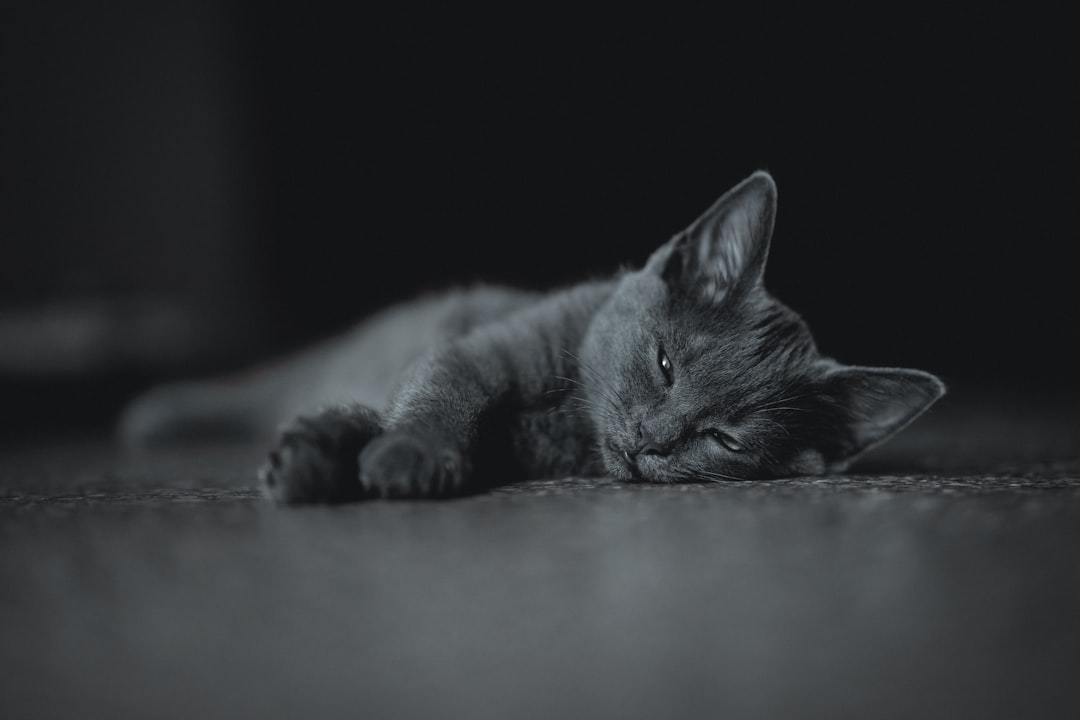
Feline grief typically unfolds in distinct phases, much like human bereavement. If your cat reacts to the loss, they may go through various phases of grief. Initially, you might notice your cat being more vocal, pacing and searching the house. This initial phase involves active searching behaviors where cats might call out for their missing companion.
However, it’s the second phase where silence becomes most pronounced. The second stage is more passive, where your cat may become withdrawn and inactive, avoiding contact with people or other animals in the house. Some cats will even hide. You may see a decrease in certain normal behaviours, such as sleeping properly and playing. During this phase, silence becomes a protective mechanism rather than a communication tool.
When cats have lost a human companion they were very close with, they can mourn them and will assume a quieter demeanor. This quieter demeanor isn’t just about reduced vocalization; it reflects a fundamental shift in how the cat interacts with their environment.
Why Silence Becomes a Coping Mechanism
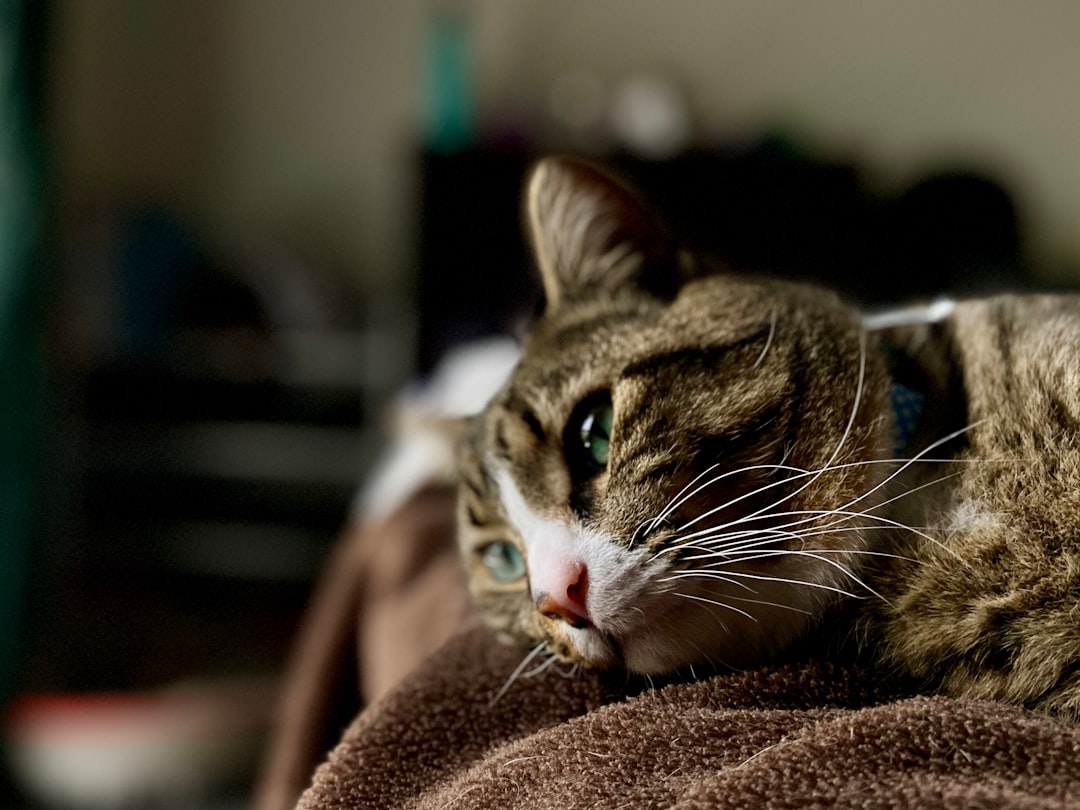
The choice of silence over vocalization in grieving cats isn’t arbitrary. Cats can also become quiet if they are stressed. Usually, when a cat is stressed, they won’t want to draw attention to themselves. Instead, they’ll want to hide and remain out of sight. From an evolutionary perspective, this behavior makes perfect sense. In the wild, a vulnerable or distressed animal that attracts attention risks becoming prey.
Just like humans, cats may not feel very sociable if they are sad or stressed. Often, this occurs when cats experience some sort of change, such as a move or the loss of a companion. The parallel between human and feline responses to grief is striking. Just as humans might retreat from social situations when mourning, cats instinctively minimize their vocal presence in their environment.
This silence serves multiple functions: it conserves energy during a time of emotional stress, reduces the risk of attracting unwanted attention, and allows the cat to process their emotions without external stimulation. Some cats may become more withdrawn and less interested in interacting with their human family members or other pets. They might hide more often or seem lethargic and uninterested in their usual activities.
The Role of Attachment in Silent Mourning
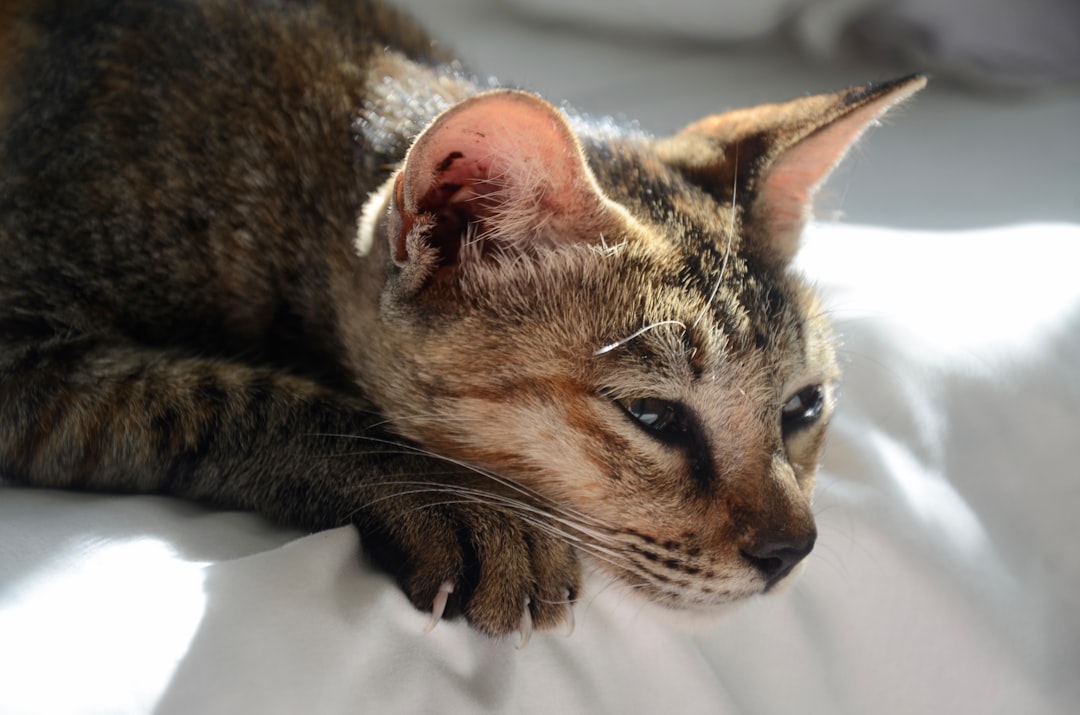
Not all cats respond to loss with equal intensity, and understanding why requires examining the concept of attachment in felines. The remaining cats in the house can show either positive or negative responses to the loss, often determined by whether the cats were bonded. If the cats are bonded and part of the same social group, then the length of time the cats have lived together, as well as the amount of time they have spent engaging in friendly social activities such as resting close together, grooming each other, nose touching or body rubbing have been reported (by caregivers) to influence the remaining cat’s behaviour more strongly.
Attachment anxiety and strength of the past attachment to the pet were each uniquely predictive of more severe grief. Furthermore, the continuing bond to the deceased pet partially mediated the impact of strength of the past attachment to the pet on grief severity. This research, while focused on human responses to pet loss, provides insight into how attachment bonds influence grief intensity.
When animals are closely bonded they are more likely to be upset by the loss of their companion. Even cats that constantly fight can grieve the loss of a feuding partner. The strength of the bond, rather than the quality of day-to-day interactions, seems to be the key factor in determining whether a cat will experience significant grief-related behavioral changes, including prolonged silence.
Physical Manifestations of Silent Grief

When cats choose silence as their grief response, it’s often accompanied by other physical and behavioral changes that paint a complete picture of their emotional state. Some cats seem completely unaffected and, indeed, a few may even seem to be positively happy when their housemate disappears. Others may stop eating and lose interest in their surroundings, simply sitting and staring; they seem to become depressed.
They may become depressed and listless. They may have a decreased appetite and decline to play. They may sleep more than usual and move more slowly, sulking around. The silence isn’t just vocal; it extends to a reduction in all forms of activity and engagement with their environment.
Loss of appetite: Grieving cats may eat less or show disinterest in their food. Lethargy: Grief can lead to reduced energy levels and increased sleep. These physical symptoms often accompany the behavioral silence, creating a comprehensive picture of a cat in mourning. The interconnection between emotional distress and physical symptoms demonstrates how deeply grief affects felines.
Duration and Variation in Silent Mourning
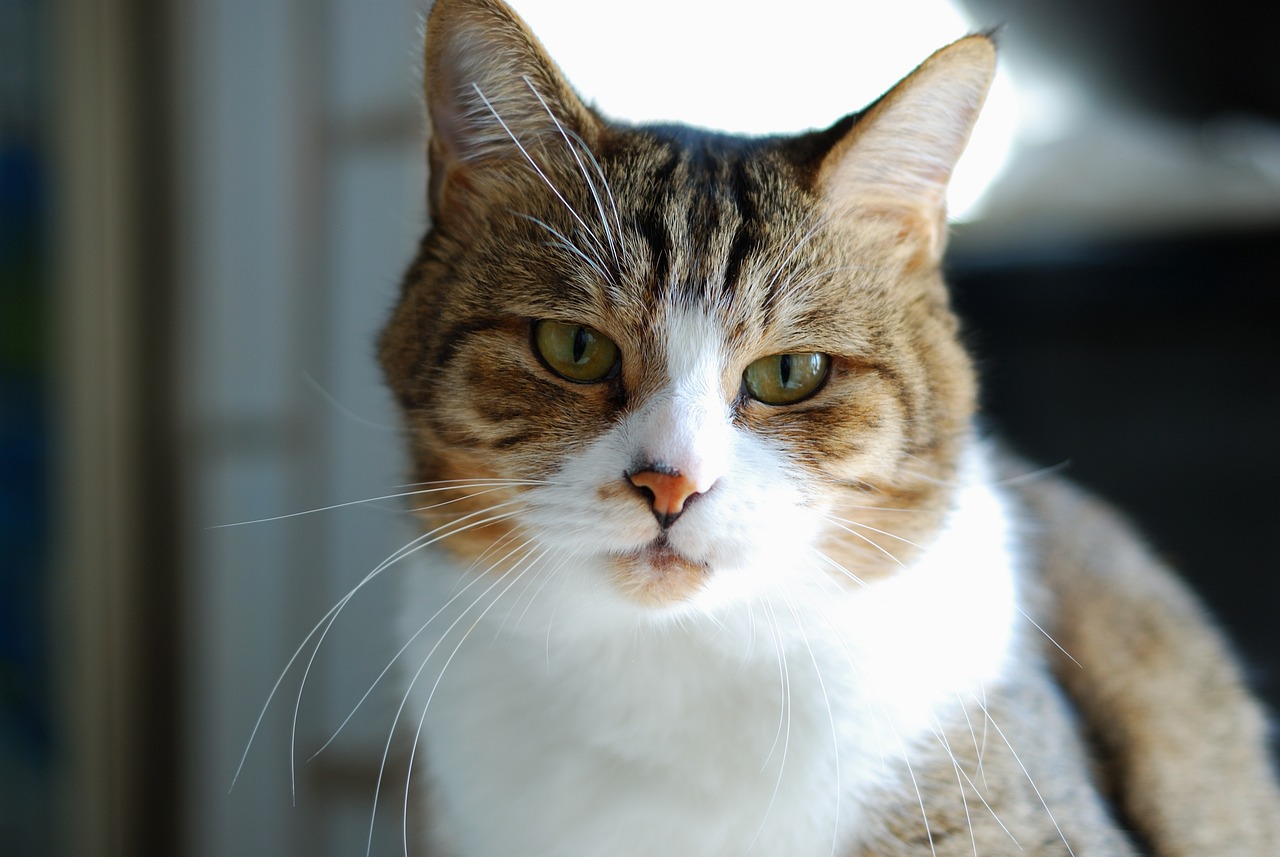
One of the most pressing questions for cat owners observing their pet’s silent grief is: how long will this last? The answer varies significantly from cat to cat. There’s no set period for grieving in cats. Some cats will go through the process in a matter of days, others will skip the withdrawn, depressed phase, and a few may be unsettled for several weeks or month
While there has been no major research on the subject of feline bereavement, surveys by the American Society for the Prevention of Cruelty to Animals have found that cats often eat less, sleep more and show vocal changes after the death of a companion cat. Research suggests that most pets that lose a companion typically return to normal behavior patterns over time. This timeline provides hope for concerned pet owners, though individual variation means some cats may recover more quickly or slowly.
More sensitive and social breeds like Siamese and Burmese may eat less and appear quite unwell for several weeks during this part of the process. Breed characteristics can influence both the intensity and duration of silent mourning, with more social breeds potentially experiencing more pronounced grief responses.
Environmental Factors That Influence Silent Grief
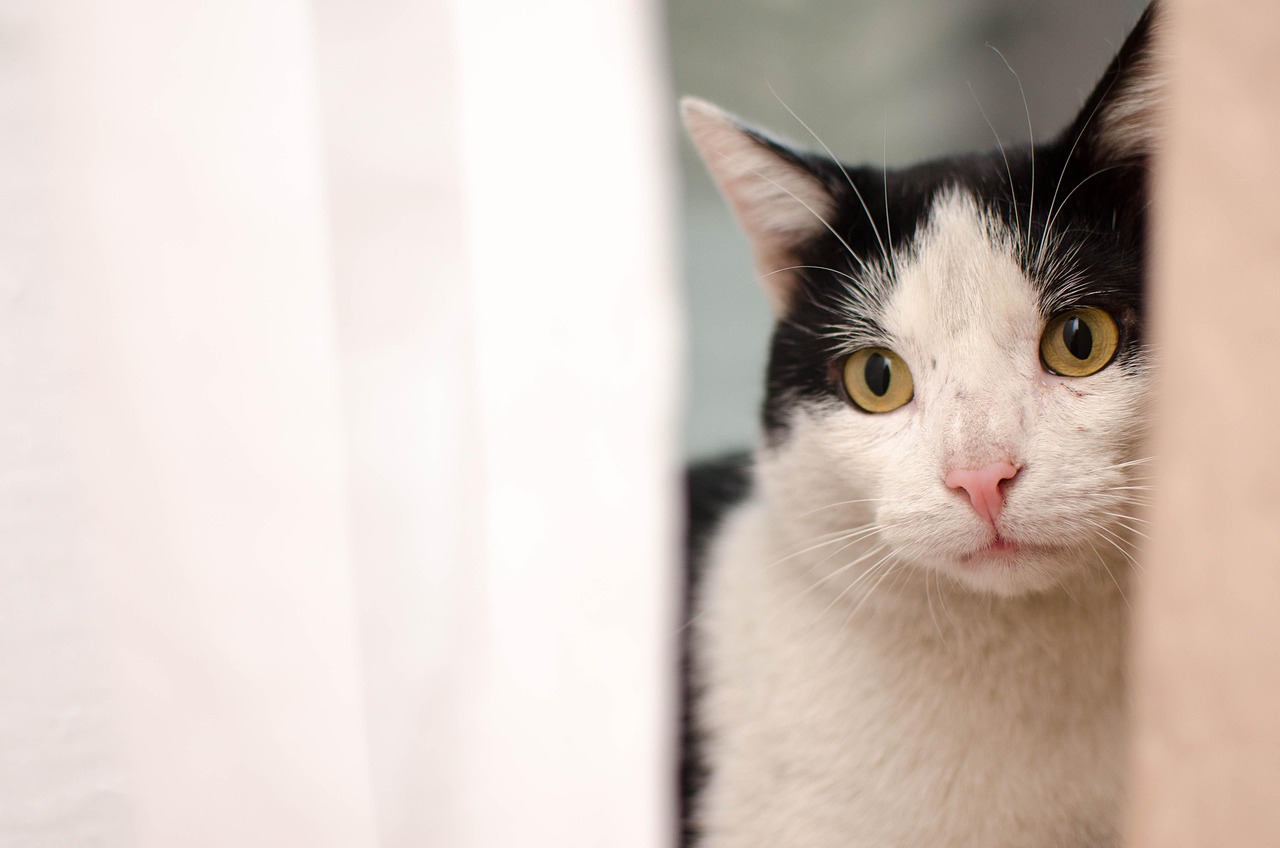
The environment plays a crucial role in how cats process grief and whether they maintain their silent response. You may also notice an impact in the territory outside your house. Neighbourhood cats may start to intrude on previously defended areas, which can cause a great deal of stress to your cat if they’d previously relied on their companion to defend their territory. These external pressures can prolong the silent phase as cats deal with multiple stressors simultaneously.
If you have several cats at home, there can be quite an obvious upheaval as the relationship between them shifts depending on the role played by the deceased cat. This is another complex part of the grieving process, and it’s best to leave them to achieve stability again without your intervention. The social dynamics within a multi-cat household can significantly influence how individual cats express their grief.
The owner’s distress at the loss of a pet may also be communicated to the cat, adding to the confusion it may be feeling. Cats are remarkably sensitive to human emotions, and a grieving human companion may inadvertently extend or intensify their cat’s silent mourning period through their own emotional state.
When Silence Becomes Concerning
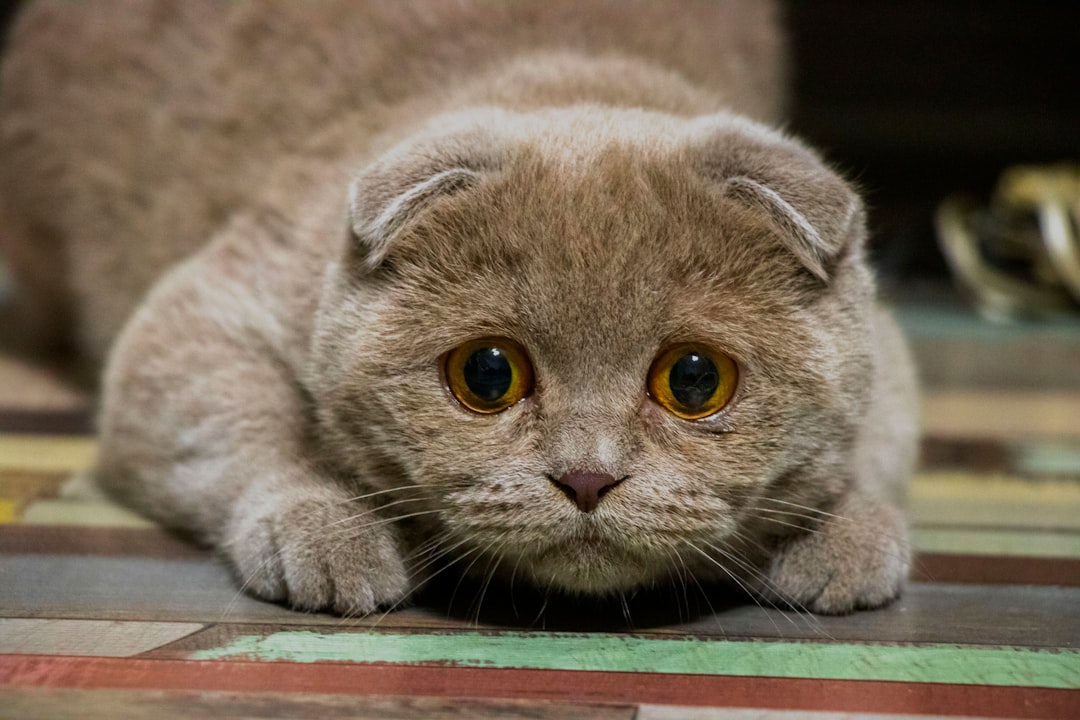
While silence is a normal part of feline grief, there are times when it crosses the line from healthy mourning into problematic behavior requiring intervention. Whenever dramatic changes in behavior occur, the cat should always be checked by a veterinarian for any underlying physical problem. Unresolved behavioral problems can be referred to animal behaviorists. The key is distinguishing between normal grief-related silence and silence that indicates physical illness or severe depression.
If your cat seems to be grieving, but they are lethargic, unwilling to move, or not eating, they will need to be examined by a vet promptly, as they could also be sick or become dehydrated. The overlap between grief symptoms and illness symptoms means that professional evaluation is crucial when silence is accompanied by other concerning signs.
When one of your cat’s companions dies or disappears, be alert to changes in your cat’s eating habits. A cat that goes off its food is at risk for hepatic lipidosis… a potentially deadly liver disease. Grief-induced anorexia (lack of appetite) is not uncommon. This serious medical risk underscores why monitoring silent grieving cats is essential for their health and wellbeing.
Supporting Your Silent Mourning Cat
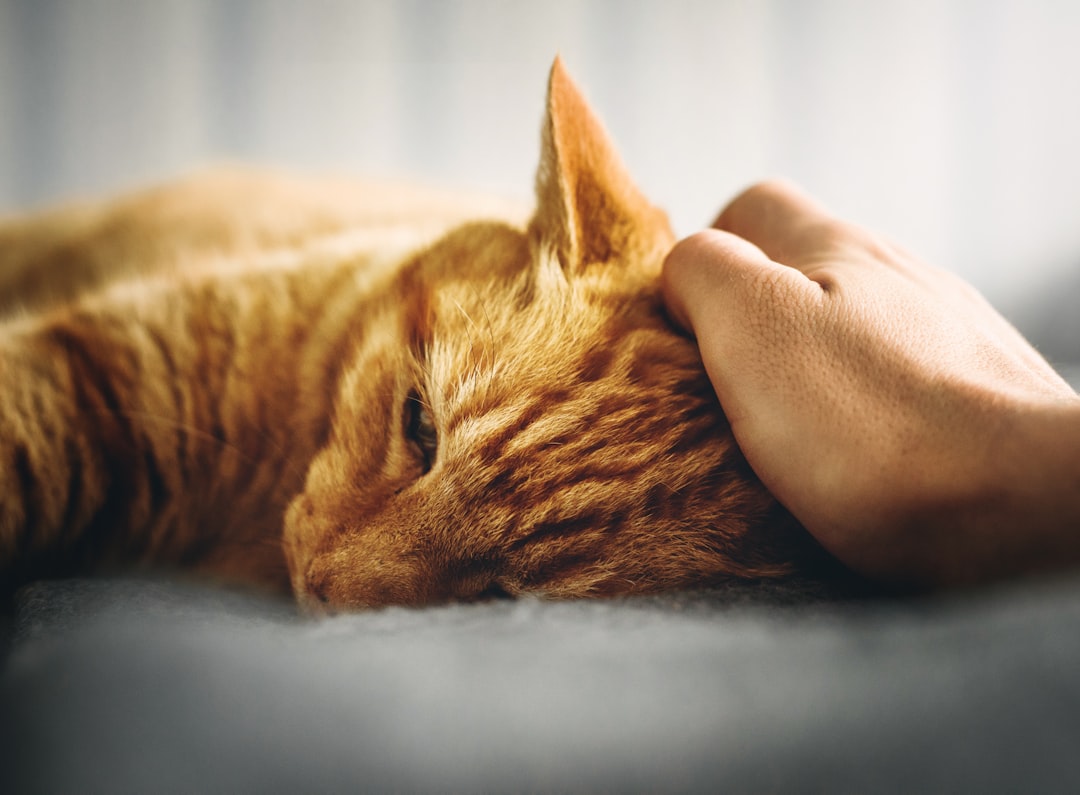
Understanding that your cat’s silence stems from grief is the first step toward providing appropriate support. Cats thrive on routine and familiarity. During a period of grief, it’s crucial to maintain as much consistency as possible in your cat’s daily life. Stick to their regular feeding schedule, playtime, and bedtime routines. This sense of predictability can provide comfort and stability during a time of emotional turmoil.
Minimizing change gives the cat time to come to terms with the loss of a companion cat. Spend more time with the cat grooming, stroking and playing. This will give a positive feel to any changes in the house that the cat senses. The goal isn’t to force the cat out of their silent phase but rather to provide gentle, consistent support that doesn’t add additional stress.
Spend extra time with your cat. Divert your cat’s attention by engaging in her favorite pastimes. Sit on the sofa and have some quiet time together. Buy her favorite treat or food as a special pick-me-up. These gentle interventions respect the cat’s need for space while still providing emotional support and comfort during their silent mourning period.
The Journey Back to Normal Communication
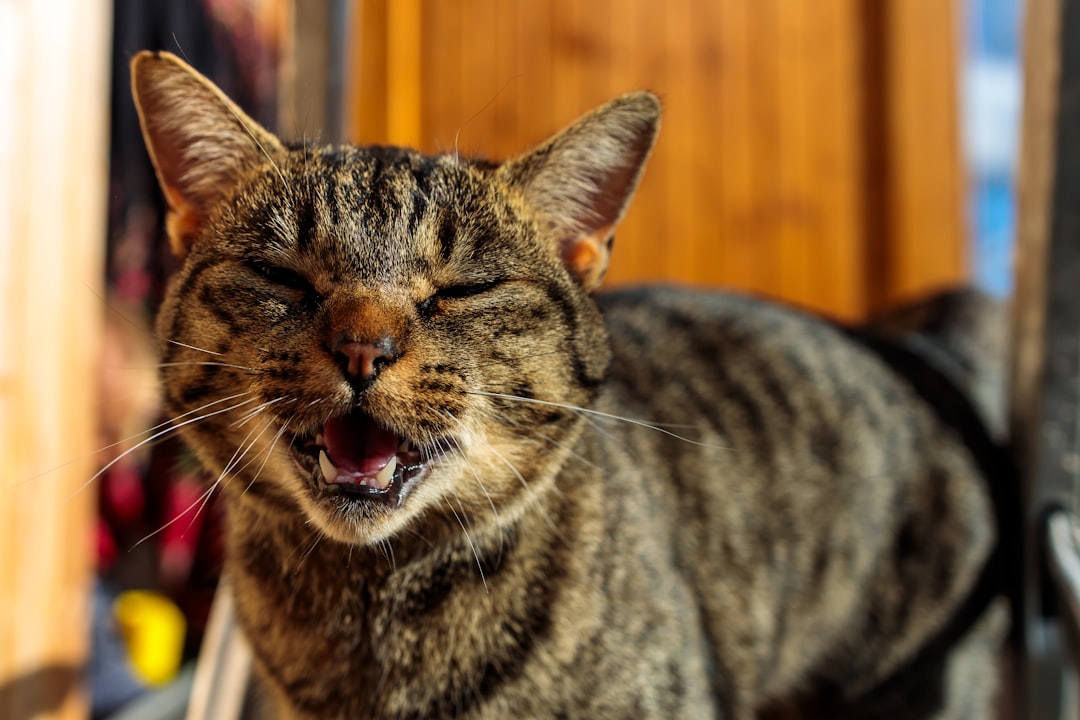
Eventually, most cats emerge from their silent mourning phase and return to more typical communication patterns. This stage lessens with time until your cat reaches the third and final stage, of acceptance. Some cats will become more friendly and attentive towards their owners. Others will appear to ‘blossom’ after losing their companion and become more vocal and active. The transition from silence back to vocalization often signals that the cat has processed their grief and is ready to reengage with their world.
Eventually, your cat will cope and become accustomed to the loss of the companion, but it takes time. Be patient, and give your kitty lots of love during the process. The return to normal vocalization patterns is typically gradual rather than sudden, with cats slowly reintroducing sounds and communication behaviors as they feel more emotionally stable.
Some cats may emerge from their silent phase with slightly different communication patterns than before, reflecting the permanent changes that loss can bring to personality and behavior. This doesn’t necessarily indicate ongoing problems but rather shows how significantly the bond with their lost companion influenced their previous communication style.
Conclusion

The silence that follows loss in cats represents far more than a simple behavioral change. It’s a complex emotional response rooted in genuine grief, attachment bonds, and evolutionary survival instincts. When , they’re engaging in a natural healing process that deserves our understanding and respect rather than attempts to rush them back to their former selves.
Recognizing the signs of feline grief and understanding why silence becomes a chosen response empowers cat owners to provide appropriate support during these difficult times. With patience, consistent care, and professional guidance when needed, most cats successfully navigate their silent mourning period and eventually return to fuller engagement with their world, often carrying forward the lessons learned from their profound loss.
What do you think about feline grief responses? Have you observed similar silent mourning in your own cats?





